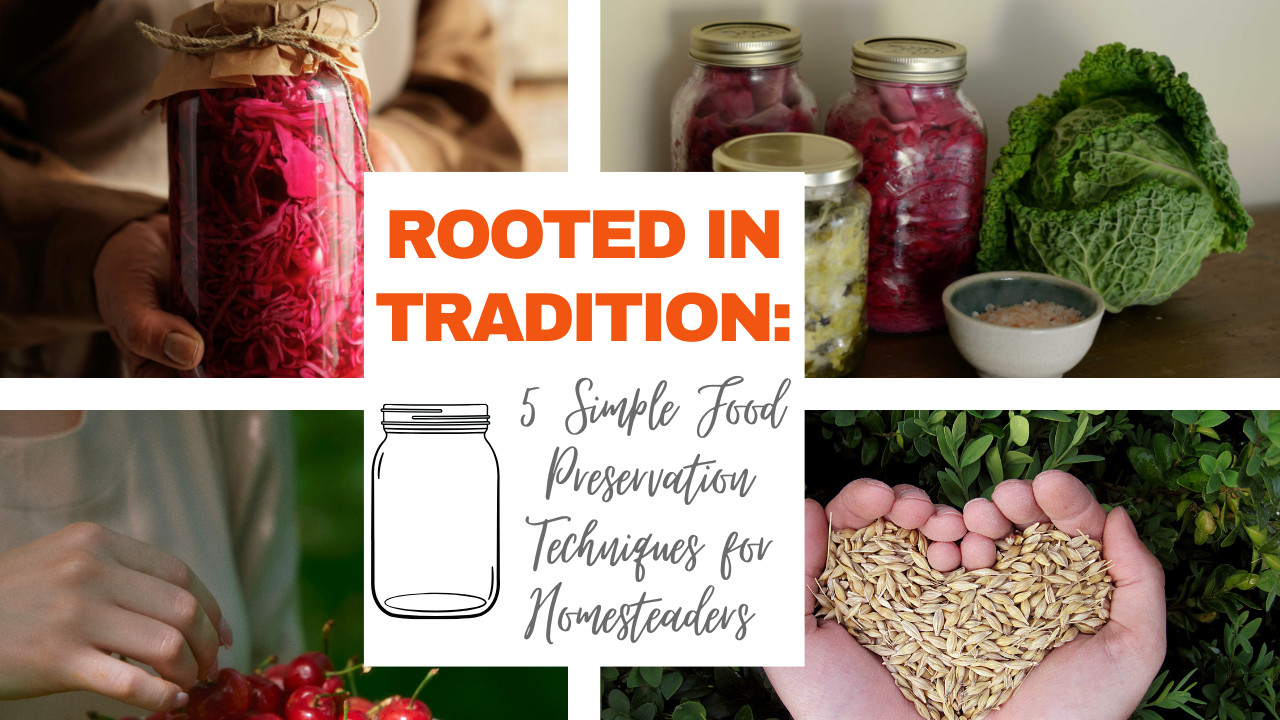
Rooted in Tradition: 5 Simple Food Preservation Techniques for Beginning Homesteaders in the Santa Cruz Mountains
Introduction: Preserving More Than Food—A Way of Life
Living in the Santa Cruz Mountains means embracing the rhythm of the land—seasons of abundance and stillness. For beginning homesteaders, food preservation is an invitation to align with nature, slow down, and nourish deeply. Whether you're growing your first tomato or sourcing produce from local farmers, preserving food connects you to the earth and ancestral wisdom.
This guide offers five beginner-friendly food preservation techniques tailored to the homesteading lifestyle—infused with soul, sustainability, and intention.
1. Water Bath Canning: Capturing the Essence of the Season
Best for: High-acid fruits, jams, and pickles
If you’ve ever tasted summer peaches in a jar, you know the magic of canning. This traditional technique is ideal for fruits, tomatoes, and brines. It’s beginner-friendly and perfect for those ready to stock a pantry with vibrant seasonal flavors.
Getting Started
- Stockpot or water bath canner
- Canning jars, lids, and a jar lifter
- Patience and precision
Pro Tip: Always follow trusted canning recipes to ensure food safety.
Shop sustainable canning supplies on Azure Standard →
2. Fermentation: Cultivating Microbial Magic at Home
Why Fermentation Aligns with Slow Living
Fermentation is transformative. The act of turning cabbage into sauerkraut or milk into kefir connects you to ancient food rituals and your own inner alchemy. Plus, it’s excellent for gut health.
Start with These Classics
- Sauerkraut – Just cabbage and salt.
- Kimchi – A spicy, probiotic-packed Korean staple.
- Kefir – Nourishing fermented milk or water-based drink.
Get your fermentation starter kits at Cultures for Health →
3. Dehydrating: A Simple, Low-Waste Method for Abundance
What to Dehydrate
Dehydrating is perfect for herbs, mushrooms, apple slices, or even leftover tomato skins. It’s low-energy, space-efficient, and ideal for those wanting to reduce food waste.
Solar vs. Electric?
Electric dehydrators offer precision, while solar options are energy-free and align beautifully with off-grid lifestyles. Choose what fits your rhythm and climate.
4. Root Cellaring: Old-World Storage with Modern Ease
No Electricity Needed
Root cellaring lets you preserve hearty produce like potatoes, carrots, garlic, and squash using cool, dark, and humid conditions—no freezer required.
Where to Begin
Try using an insulated basement, a converted shed, or even a buried barrel. Monitor temperature and humidity for best results.
5. Freezing with Intention: How to Use Your Freezer Wisely
Preserve with Purpose
Freezing can be an incredibly sustainable tool when used intentionally. Make big batches of bone broth, tomato sauce, or pesto during harvest time, then freeze them in portions for cozy winter meals.
Wylder Tips
- Label everything with date + content
- Use silicone trays or reusable bags
- Rotate stock to avoid waste
Wylder's Wisdom: Food as a Portal to Connection
Preservation means keeping stories, memories, and values alive. At Wylder Space, we honor food as a sacred experience. My journey from disconnection to rooted, intentional living is reflected in this inner pull to slow down, simplify and steward this land.
Food preservation for beginning homesteaders in the Santa Cruz Mountains is ultimately a whole new lifestyle. Whether you’re canning strawberries or fermenting kraut, you’re reclaiming rhythm, wisdom, and resilience of our elders. Start simple, be consistent, and let it become ritual.
CTA: Check out our free online community, The Cultivators—your space to learn, share, and connect with like-minded homesteaders and conscious food lovers.
FAQs
What is the best preservation method for beginners?
Water bath canning and fermentation are the most accessible methods for beginners looking to preserve fresh harvests naturally.
Do I need expensive equipment to start?
No. Start with simple tools like mason jars, a stockpot, and basic utensils. You can grow your toolkit over time.
How do I know if preserved food is still safe?
Always follow tested recipes and safety guidelines. Trust your senses—if something smells off or appears moldy, don’t eat it.
Where can I learn more about seasonal eating?
Follow Wylder Space on social media, sign up for our newsletter, or join The Cultivators community for ongoing tips and support.
How can I join the Wylder community?
Easy—just click here to join The Cultivators. It’s free and full of seasonal guidance, soulful conversation, and support for your homesteading path.










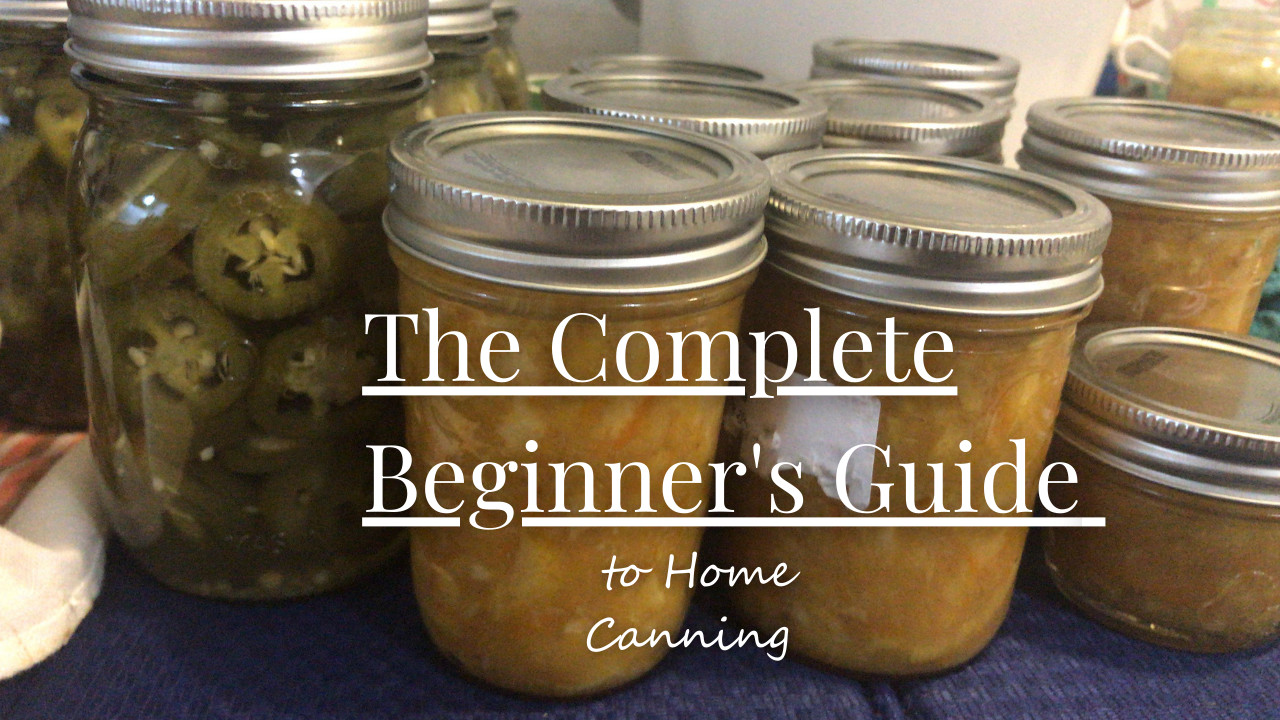
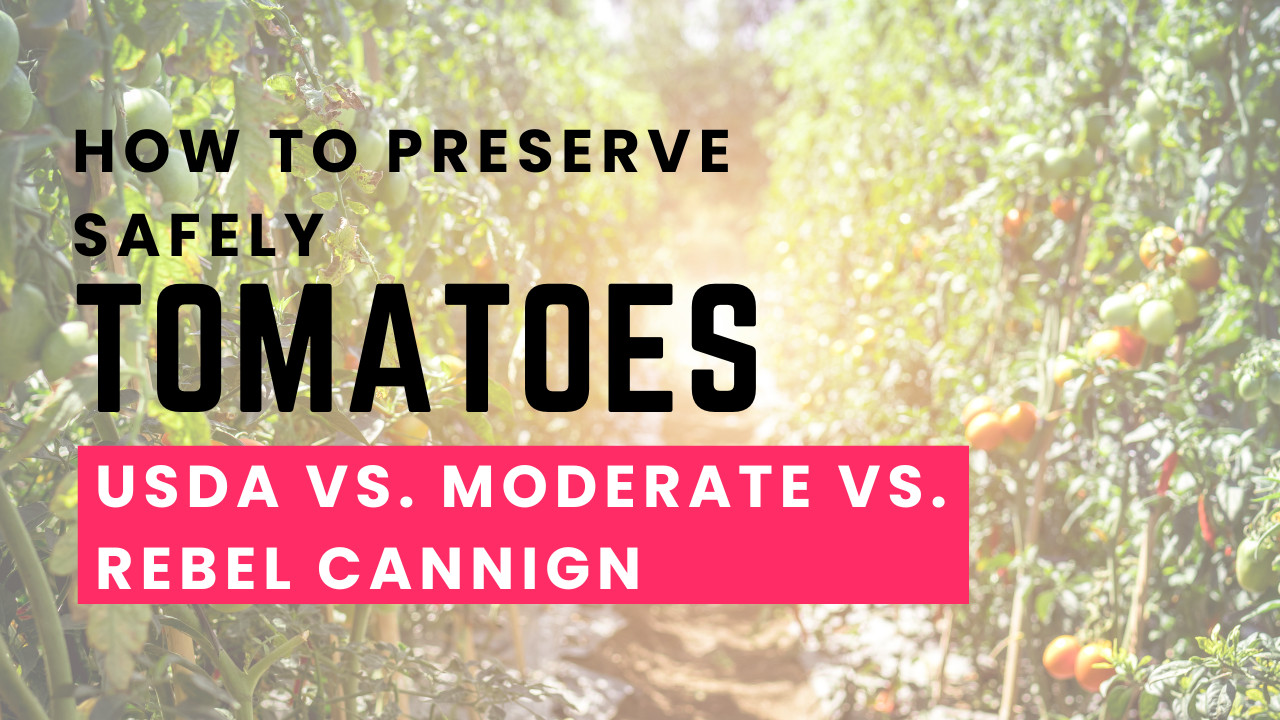
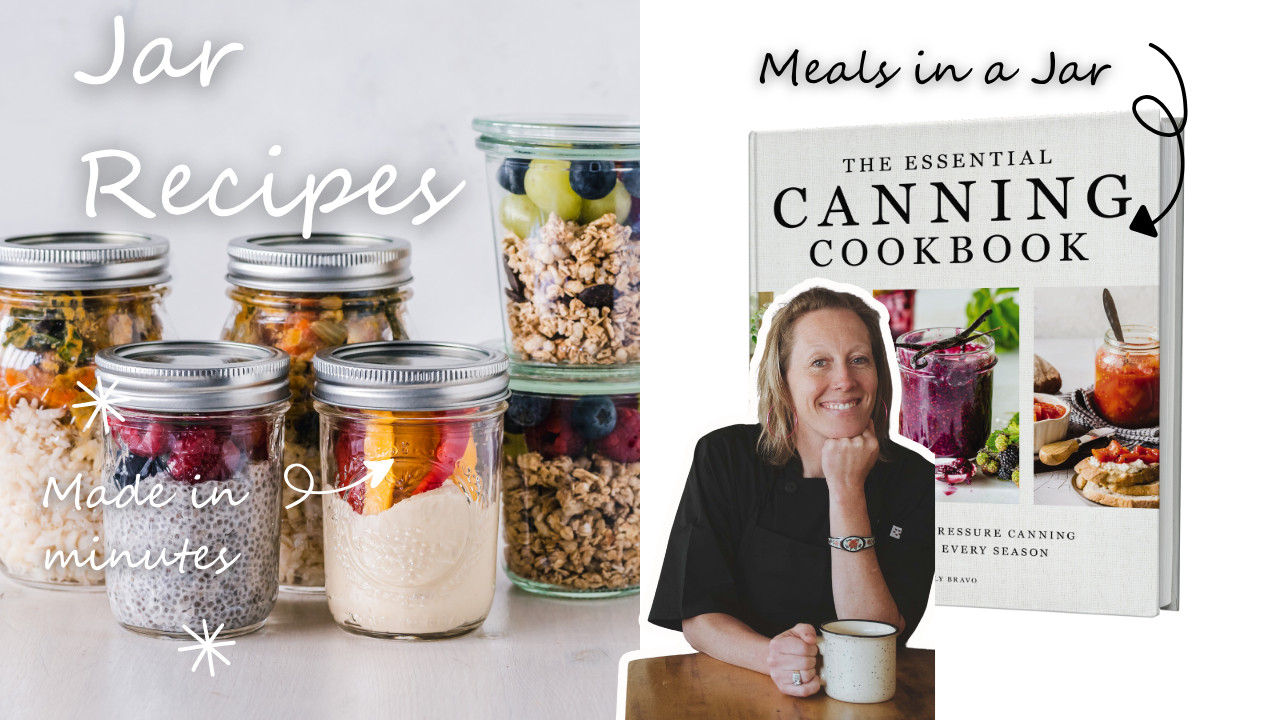
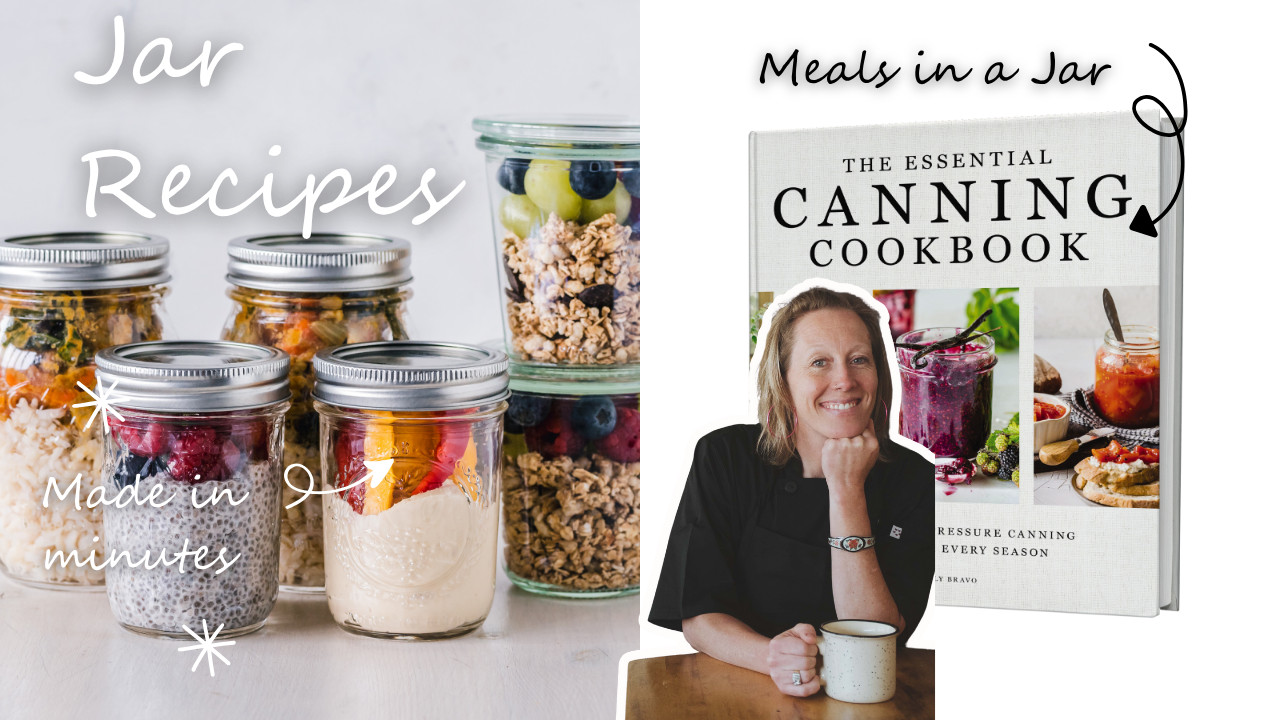
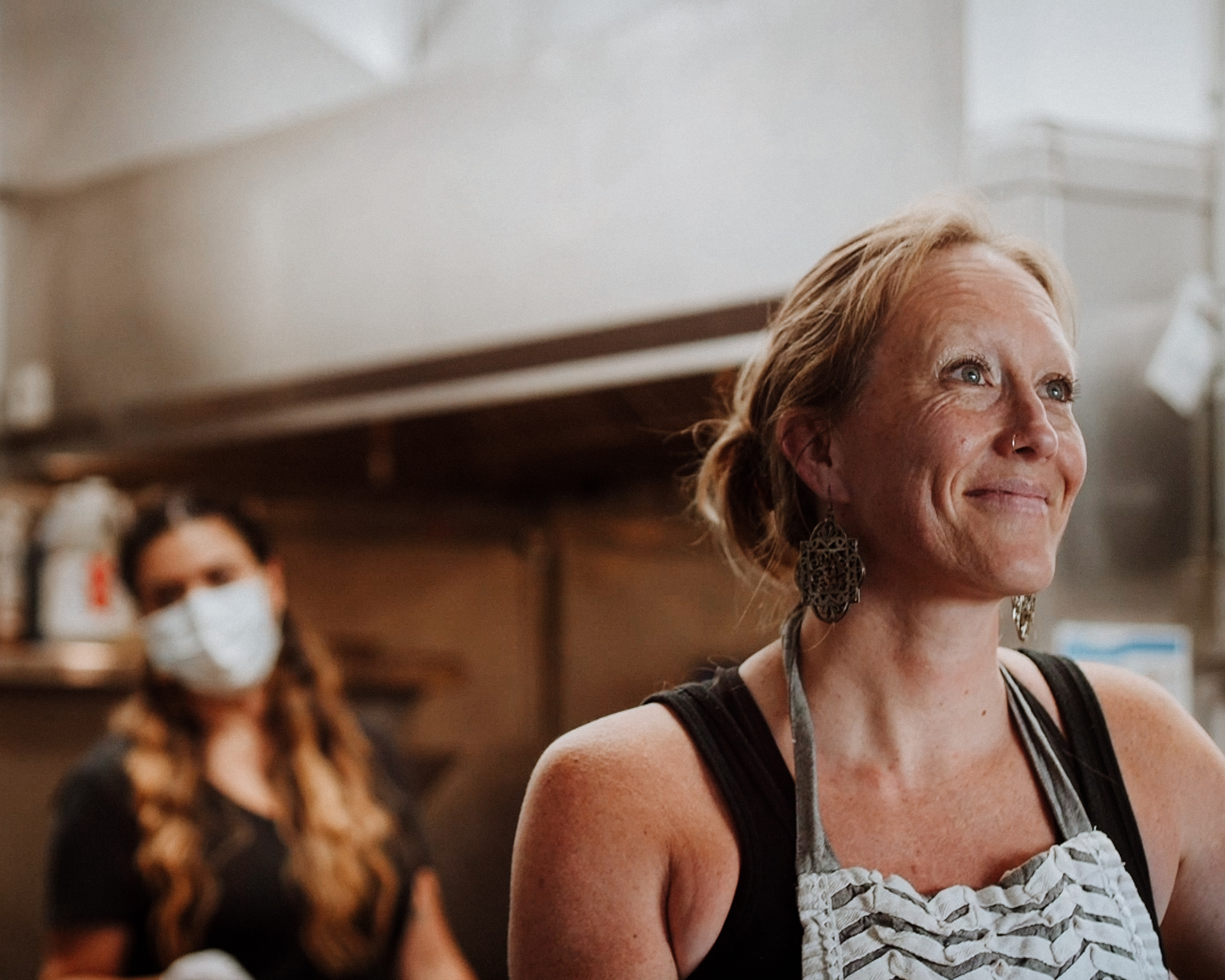
0 Comments